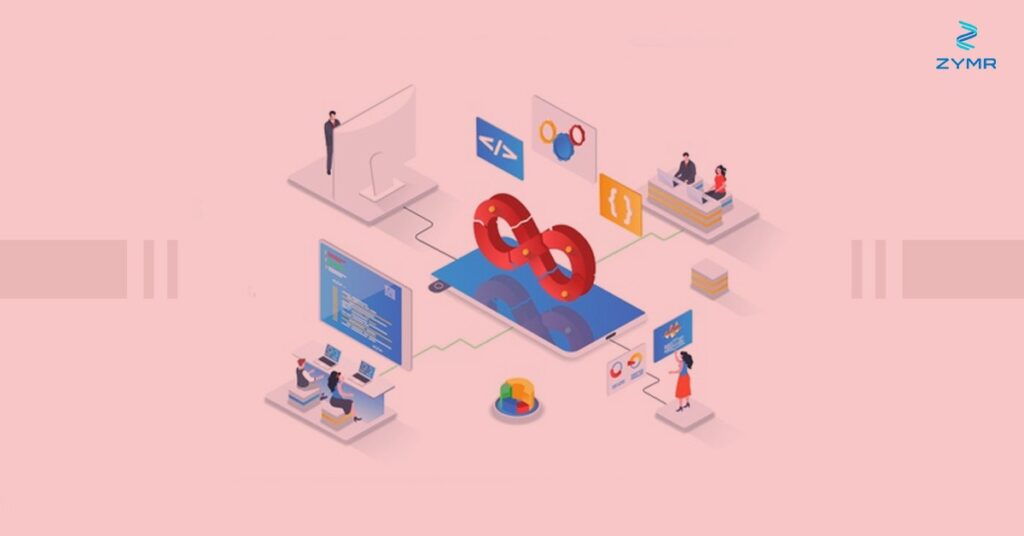DevOps approach to IT development can revolutionize your business by unifying different teams working on your projects. In addition, this approach helps shorten the systems development life cycle. This life cycle has six basic phases:
• Continuous Development
• Continuous Integration
• Continuous Testing
• Continuous Monitoring
• Virtualization
• Containerization
Places like Micro Focus give you a way to manage cloud-based resources, provide better tools that allow you to share data between team members, and speed up processes using automation.
Improved Communication
Understandably, Dev-Ops requires better communication between developers and operations teams. That doesn’t mean you need to become best friends with those you normally consider your competition; it does mean that you need to improve your communication. Start small. Be friendly. Learn each other’s roles. Ask for feedback on your work, and offer advice on theirs.
Aligning Teams’ Goals
Dev-Ops is about aligning teams’ goals to achieve continuous integration, continuous delivery, and continuous deployment (CI/CD/CD). This means that every team with a hand in managing infrastructure or delivering applications needs to work together toward one common goal.
This also includes continuous delivery. Continuous delivery (CD) involves building, testing, and releasing software in short cycles so that customers are kept up to date with new features as soon as they are available. It should be a way of working rather than an event every few months.
Build Feedback Loops
Most business-to-business applications require integration with multiple software programs from various vendors. Because of that, it’s important to understand which software your customers are using. Build a list of popular programs in your industry so you can establish feedback loops with developers who support them. Even if you don’t plan to make direct use of their technology, you may be able to take advantage of open-source tools or internal knowledge on how to merge similar systems.
Automation
If development wants to release more frequently, it must automate its processes as much as possible. When developers need to manually push code every few hours, they can’t release it every day or two like their peers in operations. As a result, development becomes less efficient than it could be—and errors occur more often. To avoid these problems, developers should write scripts that automate tasks such as installing new software packages or database upgrades.
Enabling Self-Service Capabilities
Although not a silver bullet, IT self-service has become a popular strategy for keeping organizations lean. The idea is that customers take responsibility for some or all of their own IT requests rather than going through internal help desks or other support channels. In addition to avoiding costly requests, self-service increases user satisfaction by putting them in control of their technology needs. This can also improve organizational agility and security by removing roadblocks to access more technical tools.
Microservices
Microservices are an approach to application development that splits software into small, self-contained services that communicate with each other over HTTP. The idea is to make code more portable enough to run in any environment.
With development and operations, development teams work to shorten their systems development life cycle (SDLC) by integrating testing into each step. And once you bring everyone onto the same page, your team will be able to deliver high-quality projects in far less time than before.
